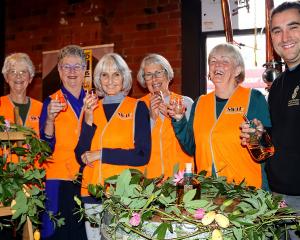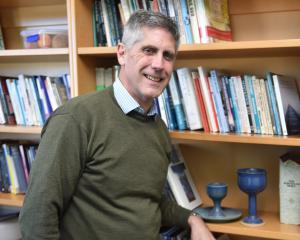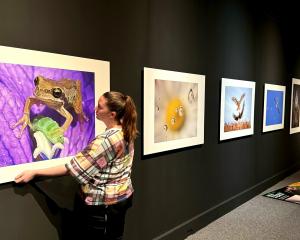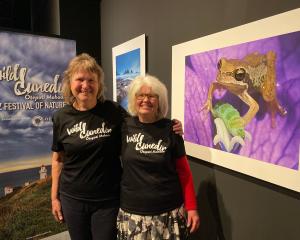For medicinal herbalist and outdoor educator Stephen Parker, a garden overflowing with a variety of weeds could provide ingredients for a wide range of potions, lotions, infusions and herbal remedies.
‘‘My passion is about deepening people’s connection to nature.’’
His journey into understanding the medicinal properties of plants began nearly 30 years ago when he was 19 years old and caught malaria during a trip to Indonesia.
Remedies recommended by a naturopath included dandelion root for the liver and red clover for the blood.
After seeing their effects for himself he decided to study further at the Canterbury College of Natural Medicine.
He now provides consultations for others looking to find balance in their lives, and is writing a book filled with the information he has uncovered during his journey.
‘‘I have been on this path for quite a long time and it is a path I really love.’’

Many plants had an ancient history of being used for therapeutic purposes, Mr Parker said.
Traces of yarrow and chamomile had been found in the teeth of Neanderthals living about 50,000 years ago, Mr Parker said.
‘‘So we have been using medicinal plants for a long long time, and it is the original, the traditional medicine.’’
Modern medicine was ‘‘really, really amazing’’ but many pharmaceutical drugs had their origins in plants.
Cultures all over the world had a history of using plants for medicine.
‘‘It is what we evolved, eating and drinking.’’
Otago was an amazing place with many medicinal plants to discover, he said.
In the coastal environment there were plants such as elders, hawthorn and nettles.
Dandelion, chickweeds, cleavers and puha could be found across the city, and in Central Otago, thyme, St John’s wort, horehound and California poppy could be discovered.
Mr Parker said plants found in the back garden could be used in various ways.
Pesto could be made out of chickweed and puha, nettles could be turned into a medicinal soup and thyme could be used to create a respiratory tonic.
But it was very important to clearly identify plants before using them.
‘‘Positive identification is totally key.’’
Without experience someone could pick hemlock or foxglove, which were poisonous.
His advice was to first take part in a medicinal plant walk with an authority, who would be able to help identify plants.
‘‘You just have to really positively identify that plant before you ingest it.’’















